How PDA Handheld Terminals Are Revolutionizing Inventory Management
In today’s fast-paced business environment, efficient inventory management is critical for maintaining competitiveness and meeting customer demands. Traditional methods of inventory tracking, such as manual counting and spreadsheet management, are increasingly being replaced by advanced technologies. Among these, PDA handheld terminals (Personal Digital Assistants) have emerged as a game-changer, revolutionizing the way businesses manage their inventory. This blog explores how PDA handheld terminals are transforming inventory management, offering accuracy, efficiency, and real-time data access.
The Challenges of Traditional Inventory Management
Before delving into the benefits of PDA handheld terminals, it’s important to understand the limitations of traditional inventory management methods:
1. Human Error: Manual data entry is prone to mistakes, leading to inaccurate inventory counts and potential stockouts or overstocking.
2. Time-Consuming: Physical counting and updating records can be labor-intensive and time-consuming, especially for large warehouses.
3. Lack of Real-Time Data: Traditional methods often rely on periodic updates, making it difficult to access real-time inventory information.
4. Inefficient Processes: Paper-based systems and spreadsheets can lead to inefficiencies, making it challenging to track inventory movements and trends.
The Rise of PDA Handheld Terminals
PDA handheld terminals are compact, mobile devices that combine computing power, barcode scanning, and wireless connectivity. These devices are designed to streamline inventory management by providing real-time data access, improving accuracy, and enhancing operational efficiency. Here’s how they are making a difference:
1. Enhanced Accuracy with Barcode Scanning
One of the most significant advantages of PDA handheld terminals is their ability to scan barcodes. Barcode scanning eliminates the need for manual data entry, reducing the risk of human error. Each item in the inventory is assigned a unique barcode, and the PDA terminal can quickly and accurately capture this information. This ensures that inventory counts are precise, minimizing discrepancies and improving overall inventory accuracy.
2. Real-Time Data Access
PDA handheld terminals are equipped with wireless connectivity, allowing them to sync with central inventory management systems in real-time. This means that as soon as an item is scanned, the data is immediately updated in the system. Real-time data access enables businesses to make informed decisions quickly, whether it’s reordering stock, identifying trends, or addressing discrepancies.
3. Improved Efficiency and Productivity
The mobility of PDA handheld terminals allows employees to move freely throughout the warehouse or store, scanning items as they go. This eliminates the need for stationary workstations and reduces the time spent on manual counting and data entry. As a result, employees can complete inventory tasks more quickly and efficiently, freeing up time for other important activities.
4. Streamlined Inventory Processes
PDA handheld terminals can be integrated with inventory management software, creating a seamless workflow. Tasks such as receiving shipments, picking orders, and conducting stock audits can be automated and streamlined. For example, when receiving a shipment, employees can scan the barcodes on incoming items, and the system will automatically update the inventory levels. This reduces the likelihood of errors and ensures that inventory records are always up-to-date.
5. Enhanced Traceability and Accountability
With PDA handheld terminals, every action is recorded and timestamped, providing a clear audit trail. This enhances traceability and accountability, making it easier to track inventory movements and identify any issues. For instance, if a discrepancy is found during a stock audit, the system can provide detailed information about when and where the item was last scanned, helping to pinpoint the source of the problem.
6. Cost Savings
While the initial investment in PDA handheld terminals may seem significant, the long-term cost savings can be substantial. By reducing errors, improving efficiency, and minimizing stockouts and overstocking, businesses can lower their operational costs and improve their bottom line. Additionally, the ability to make data-driven decisions can lead to better inventory planning and reduced waste.
Real-World Applications
PDA handheld terminals are being used across various industries to revolutionize inventory management:
- Retail: Retailers use PDA terminals to manage stock levels, conduct price checks, and streamline the checkout process. This ensures that shelves are always stocked, and customers receive accurate pricing.
- Warehousing and Logistics: In warehouses, PDA terminals are used for receiving, picking, packing, and shipping. This improves order accuracy and reduces delivery times.
- Healthcare: Hospitals and pharmacies use PDA terminals to track medical supplies and medications, ensuring that critical items are always available.
- Manufacturing: Manufacturers use PDA terminals to manage raw materials and finished goods, improving production efficiency and reducing downtime.
Conclusion
PDA handheld terminals are transforming the way businesses manage their inventory, offering a powerful combination of accuracy, efficiency, and real-time data access. By eliminating the limitations of traditional inventory management methods, these devices are helping businesses stay competitive in an increasingly demanding market. Whether you’re a retailer, a warehouse operator, or a healthcare provider, investing in PDA handheld terminals can lead to significant improvements in your inventory management processes, ultimately driving cost savings and enhancing customer satisfaction.
As technology continues to evolve, the capabilities of PDA handheld terminals will only expand, offering even more opportunities for businesses to optimize their inventory management. The future of inventory management is here, and it’s in the palm of your hand.
No comments





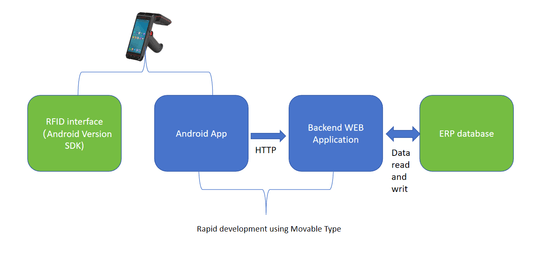
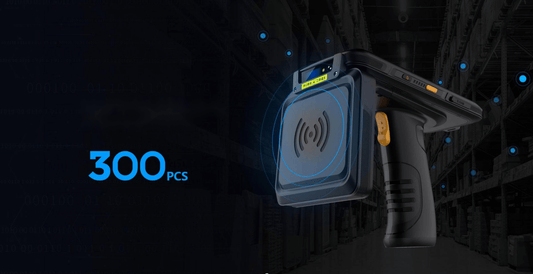

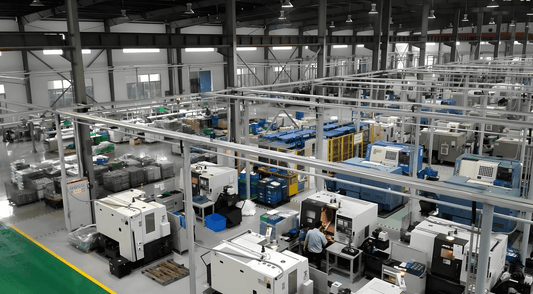
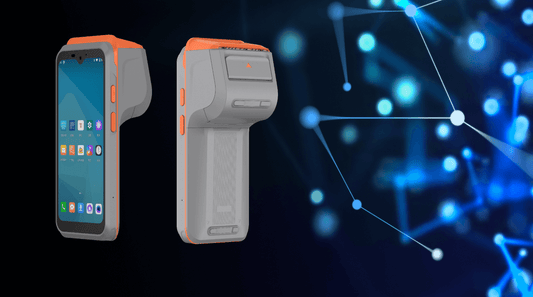
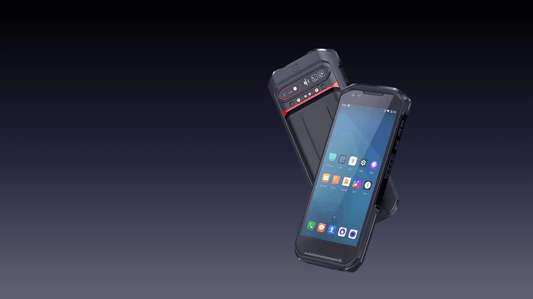
0 comments